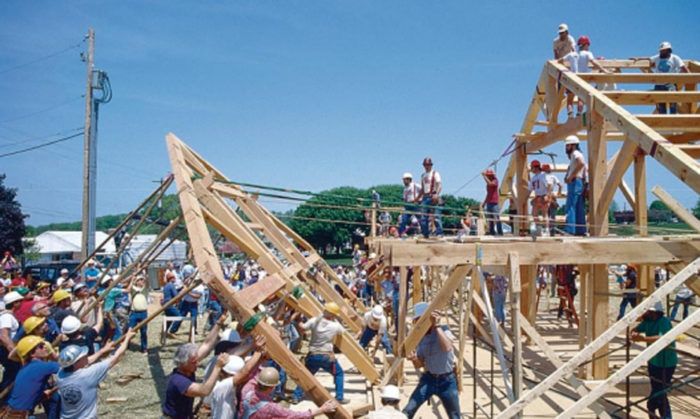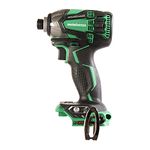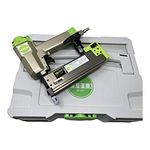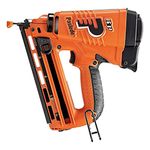25 Years of Milestones
From OSB and cordless drills to The Home Depot and HGTV, here's a look at how the home-building industry evolved in Fine Homebuilding's first quarter century (published on our anniversary in 2006).

Synopsis: When the first issue of Fine Homebuilding hit the newsstand in 1981, framers drove nails with hammers, architects drew plans with pencils, and toilets drank 3.5 gallons of water every time they were flushed. Over the 25 years since, more has changed in home building than the cover of our magazine: A movement of do-it-yourselfers was born, water-based finishes were forced to perform, and drills evolved into a cordless species. This article takes a look at the events, the people, and the innovative tools and materials that have changed the way we build houses as we move into a new millennium.
1981
The Home Depot goes public
Remember when builders went to the lumberyard and homeowners went to the corner hardware store? The Home Depot’s first public offering in 1981 marked the end of that era and the beginning of a do-it-yourself movement fueled by megastores across the country.
The Home Depot started 1981 with four stores and 300 associates in the Atlanta area, and ended the year with eight stores and 650 associates in two states. The stock went public on September 22 and raised $4.093 million. The company’s growth hasn’t stopped since.
In 2004, The Home Depot had $73.1 billion in sales, with net earnings of $5 billion. In February 2005, Fortune magazine named it the most admired specialty retailer in America.
Lowe’s is The Home Depot’s only national competition. Lowe’s went public earlier, in 1961, but it wasn’t until the chain started serving do-it-yourselfers that its rapid growth began.
APA establishes OSB standards
Unlike the waferboard on which it was based, oriented strand board (OSB) is made with long, cross-laminated strands that provide strength on a par with plywood. Although OSB hit the market in 1978, it was not until 1981 that the American Plywood Association developed performance standards for OSB. Immediately, the use of OSB began a steady climb: In 2000, OSB production overtook the production of plywood.
Performance improvements paved the way for the dominance of OSB as the universal sheathing material. Moisture resistance, dimensional stability, and (with preservative treatment) resistance to insects and fungal decay all contributed to OSB’s success. OSB is less expensive than plywood and is free of voids and knots. And all U.S. and Canadian building codes now accept OSB for the same uses as plywood, and at the same thicknesses.
The environmentally minded prefer OSB to plywood because it’s made of renewable lower-quality timber from smaller trees and previously underused hardwoods. “It’s kind of like growing corn,” says Robert Falk of the U.S. Forest Products Laboratory. “They’re basically just growing fiber to glue back together.”
1982
CAD leaves the mainframe
Eric Odor at Sala Architects in Minneapolis says that everything about computer-aided design (CAD) programs has changed in the past 25 years. Prior to the 1980s, only a few architects used the mainframe based versions of CAD programs, and most designers still were drafting house plans by hand. In 1982, though, AutoCAD released a program designed for the PC, and things started to change.
Over the years, CAD programs have become more intuitive. The end result has been programs that are easier to learn and that are much more client- and user-friendly. CAD doesn’t improve your sense of design but does make expressing it possible for just about anyone. Now a wide range of affordable, easy-to-use design software has made visual communication profitable and fun for builders and armchair architects…
To read the entire article, click the View PDF button below.
Fine Homebuilding Recommended Products
Fine Homebuilding receives a commission for items purchased through links on this site, including Amazon Associates and other affiliate advertising programs.

Metabo HPT Impact Driver (WH18DBDL2)

Cadex 18-Gauge Brad Nailer (CB18.50)

Paslode Cordless Finish Nailer (IM250A)

























